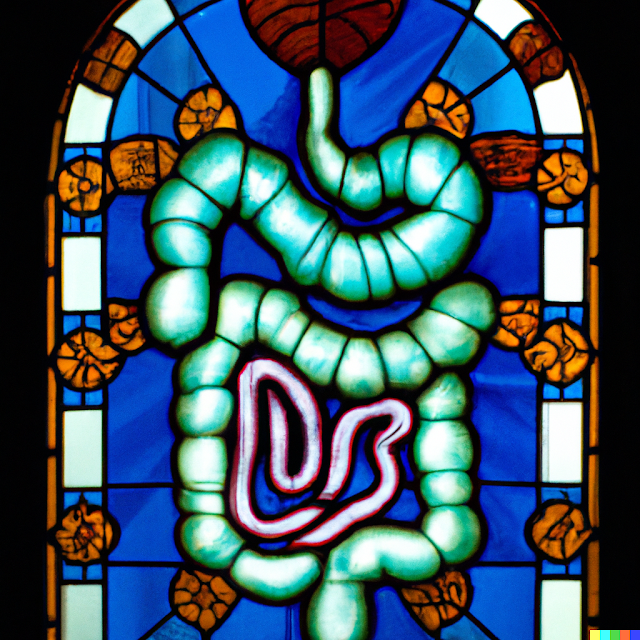Anecdotal Conclusions
The Impact of Diet on Gut Health: A Personal Journey - by GPT4 from my notes Introduction: The human gut, often referred to as the "second brain," is a complex system that plays a crucial role in our overall health. It is home to trillions of microorganisms, collectively known as the gut microbiota, which interact with our bodies in ways that can significantly affect our well-being. This essay explores the journey of a health-conscious individual who meticulously documented their experiences and observations while experimenting with various diets and lifestyle changes to improve their gut health. Personal Observations and Experiences: The journey began with a realization of the importance of gut health and a desire to improve it. The individual started documenting their daily meals, bowel movements, and overall health status. They noted significant changes in their gut health when they consumed certain foods, particularly those rich in fiber and probiotics. They also observed




